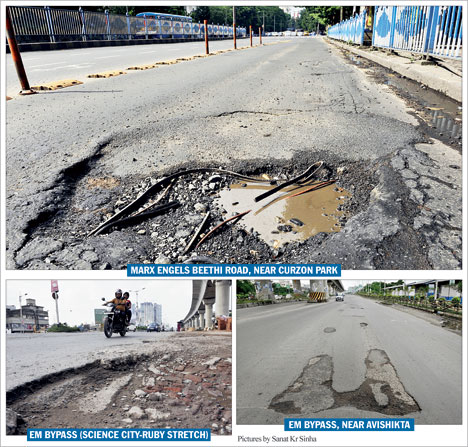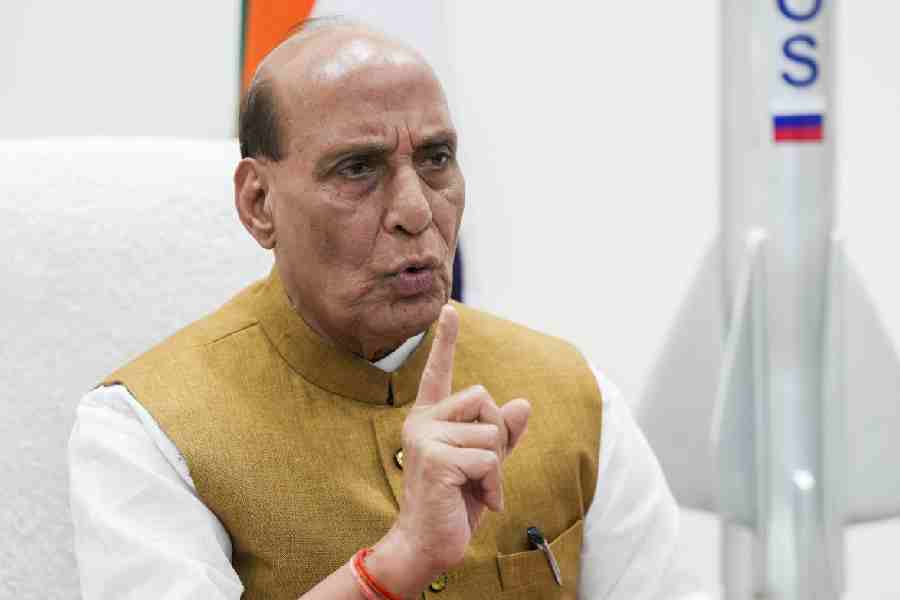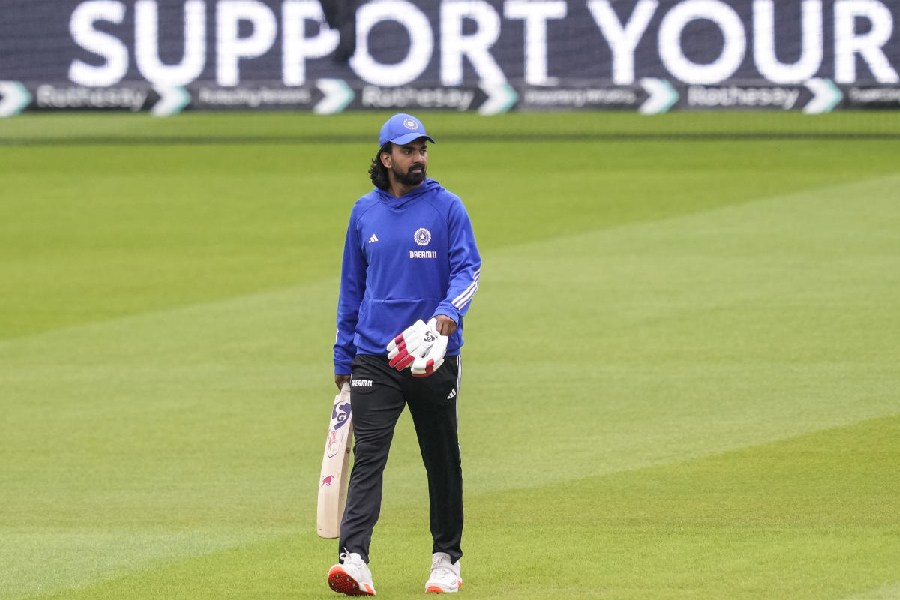
Calcutta: The unfulfilled promise of an overhaul that keeps getting postponed, delayed repairs during the monsoon, poor workmanship and the absence of a foolproof mechanism to monitor quality of work have bared the skeletons of Calcutta's roads this year.
The mayor can't see the potholes but commuters who suffer daily know their bone-rattlers well.
Lalit Pandey, a resident of Puddapukur on CIT Road, has to endure the torture every day. "The stretch of the east-bound flank of CIT Road near the Moulali crossing has multiple potholes. The surface has worn off. Even if the signal is green, vehicles have to crawl through this stretch and that creates a tail of vehicles that gets longer every hour," said Lalit, who owns a machinery spares shop on Strand Road.
Creek Row, Ganesh Chandra Avenue and Brabourne Road, the three roads that he takes every day, have multiple stretches where the surface is as undulating as that of a dirt road.
Mayor Sovan Chatterjee had said at the monthly meeting of councillors on Tuesday that "roads in Calcutta are better than roads in any other city in India". He was speaking at a discussion on the state of the city's roads at the Calcutta Municipal Corporation (CMC) headquarters.
Engineers in the public works department and the CMC blamed the condition of roads on an over-reliance on patchwork.
"Political leaders always say that thorough repairs will be done before Puja, but what is actually done before the festival season is another round of patchwork. Superficial repairs done during the monsoon wear out after a shower or two, but the patchwork done post-monsoon survives longer because the rains end by then," a civic official said.
A PWD engineer said he had not seen a road within the city being overhauled in several years. "We only pour bitumen on the potholes and cover them. Sometimes, we put a new top layer above the existing one."
According to the engineer, "thorough repair" or "strengthening" of a road means fortifying the base and sub-base layers. Since the number of vehicles travelling down a road increases with time, the base and sub-base layers are unable to handle the increased load. A road is built to handle a specific load that over the years can change, which is when strengthening is necessary.
"If the base and sub-base layers are not strengthened, the weaker portions subside. This is why many roads have a bumpy surface. A top coat only makes the surface look good, the hidden problem remains unattended," the engineer said.
Strengthening these layers is challenging for any agency because the road needs to be dug up, affecting traffic management. "But it's not impossible as long as there is proper coordination. Work can be done in one lane and traffic can move along the adjacent one. This way, small stretches can be strengthened and gradually the entire road will get overhauled," the engineer said.
An overhaul spares the agency concerned the trouble of repairing the fragile portions every year. "It also saves money since an adequately strong road can last up to a decade," another PWD official said.
Poor sloping on roads that leads to the formation of potholes is another vexing problem. Several thoroughfares in the city have depressions where rainwater collects, then percolates down and unbinds the layers below.
"Bitumen helps bind together the materials used to make a road. When bitumen comes in contact with water, it loses its adhesive power and the top layer wears out. Friction caused by tyres further loosens the surface and removes it over time, creating potholes," a CMC engineer said.
CRATERED ROADS PUNCTURE TALL CLAIMS
On Tuesday, mayor Sovan Chatterjee said Calcutta has better roads than any other city in the country. Metro toured the city on Wednesday to present the reality












